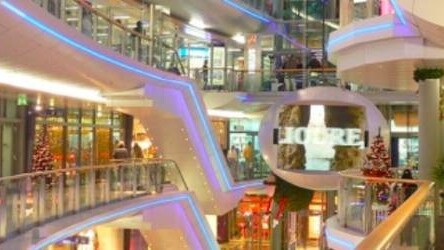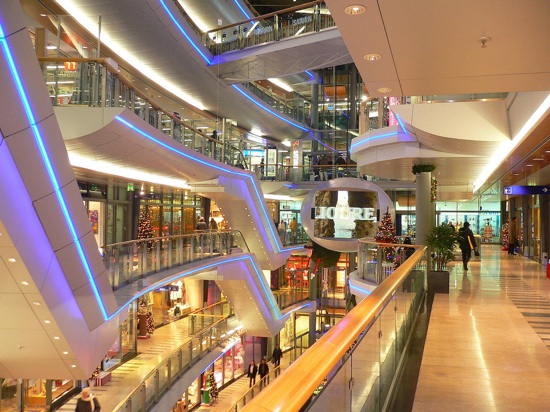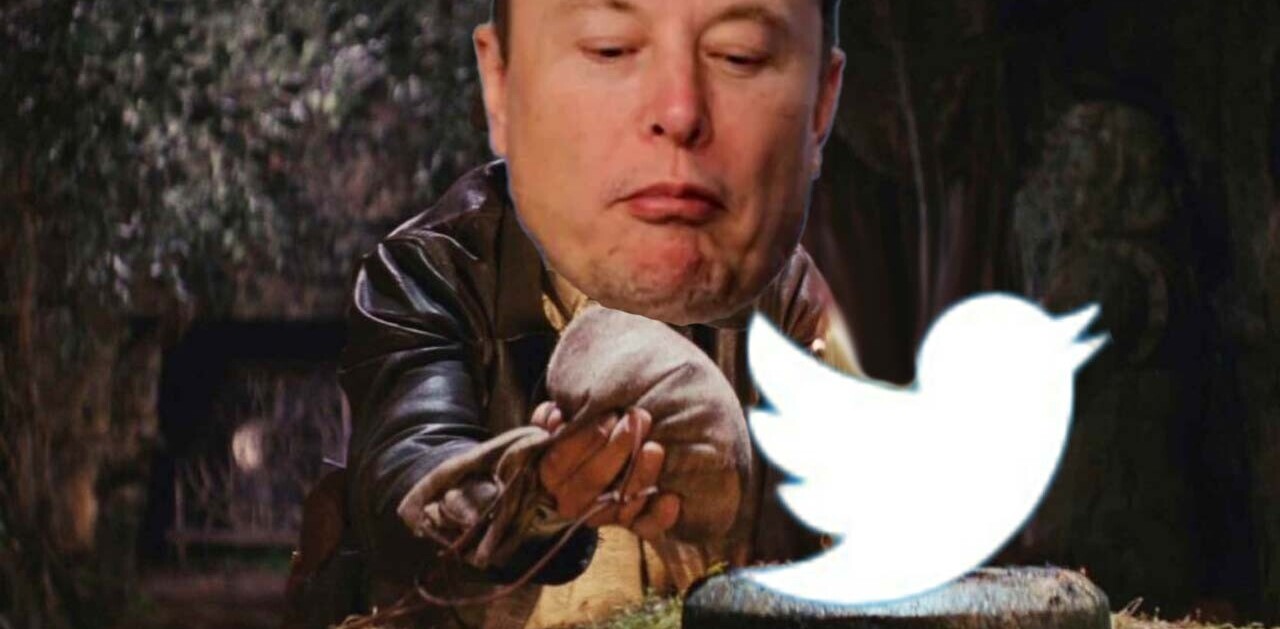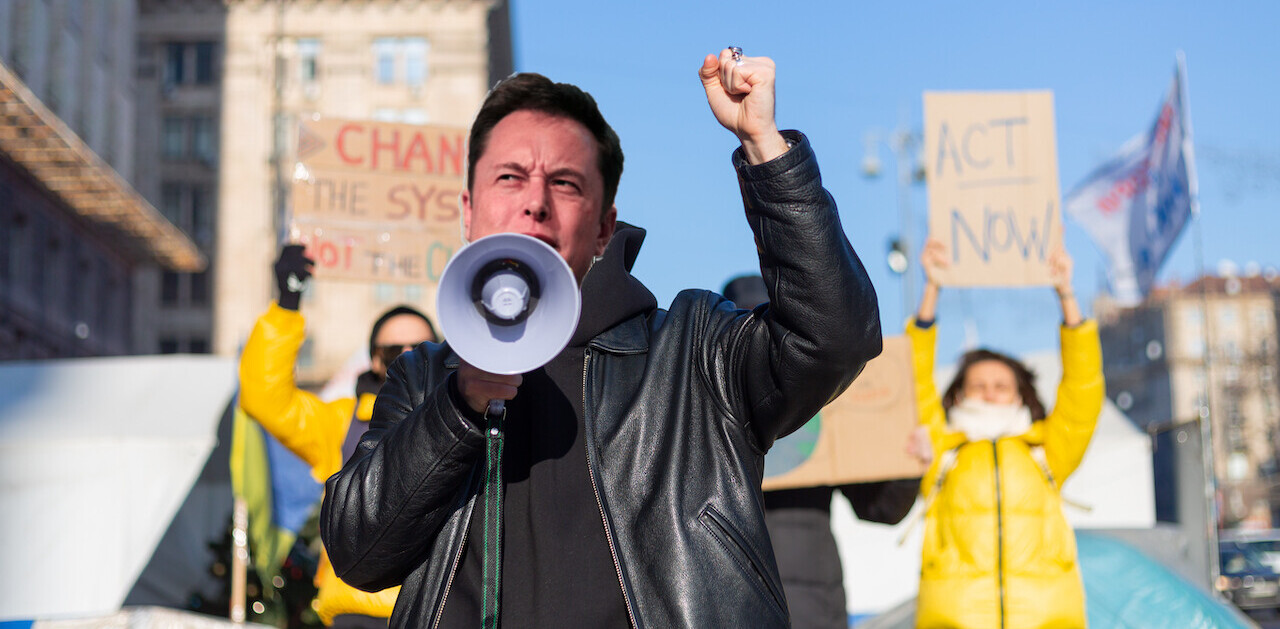

Let’s take a look at some successful examples of brands using digital integration to engage with their in-store clients in richer ways.
Royal Bank of Canada and Microsoft Surface 2.0: The Royal Bank of Canada has implemented Microsoft Surface 2.0 to provide its customers with an interactive banking experience that enables customers to learn about their financial goals and research complicated financial topics.
“Imagination” Disney Store: Disney has begun rolling-out its newly-designed stores, creating buzz by inviting top mommy bloggers to the openings. The newly designed stores have interactive features, like a mirror that transforms into an animated storybook and shows relevant content to the product the child in front of it is holding. The store also features an entertainment area with a video screen controlled by the visitors through a touch panel and the Magic Key kiosk that enables customers to explore the store’s inventory and find the right gift through a touch screen, making shopping faster and more convenient.
Burberry Retail Theatre: Burberry allowed attendees of the London Fashion Week runway show special events streaming at global Burberry boutiques in spring/summer 2011 to order items right off the runway through an iPad application.
Virtual mirrors: Special kiosks that, making use of augmented reality technology, enable the shopper to virtually try on makeup by simply taking a picture have already been put to use mostly in Asia by major cosmetics brands, like L’Oreal, Maybelline and Shiseido. The “mirror” takes into consideration skin tone, facial features and product colour to make recommendations and allows the consumer to share a virtual makeover image with friends online.
Coca Cola Village – “Like”: The Coca Cola Village, a watersport, sunbathing and gameplaying amusement park in Israel, mixed Facebook social activities with real life by giving its visitors RFID bracelets programed with their Facebook login. The visitors can “Like” the various park activities and even tag themselves on pictures uploaded to the Coca-Cola Village Facebook page by waving their bracelet in front of a RFID device.
De Beers 3D store windows: Luxury diamond brand De Beers brought its window displays to life at its London Old Bond Street and New York Fifth Avenue flagship stores by projecting a specially created 3D film by Holition on customized Alioscopy screens that don’t require 3D glasses. In the recent past, Holition worked with another luxury brand, Tissot for an interactive Selfridges window display that showcased Tissot Reality‘s augmented reality application. Another example of using cutting edge technology for marketing purposes on the front of a store is the recent 4D show, “The Official Ralph Lauren 4D Experience” at Ralph Lauren’s stores in New York and London.
Puma and iPad: Puma uses in-store iPads to showcase its new customization platform, Creative Factory. Customers can use iPads to design their own pair of shoes by drawing inspiration from materials on display in-store. When the design is finished with the help of an employee the order is released to the factory and its status can be tracked through an administrative app. The app is expected to enable the shoppers to design more clothes and accessories apart from shoes with social media integration. Customers will be able to search the already made designs and get more info on the designer and the popularity of each design.
Adidas Virtual Footwear Wall: A result of an Intel and Adidas partnership the Virtual Footwear Wall was unveiled at the 2011 National Retail Federation’s convention in New York and designed by the British Start Creative. The wall allows shoppers to explore the shoe collections in 3D, examine details in close-up and see the designs from different angles, the wall also provides relevant content with each shoe in form of text or video.
*
New technologies can revitalise in-store shopping experience, through utility services like easy inventory navigation, stock availability information, gift recommendations, product information or simply make it more fun and allowing us to interact with products in new ways or bring in our online social contacts. What does the store of the future look like in your mind?
Get the TNW newsletter
Get the most important tech news in your inbox each week.





